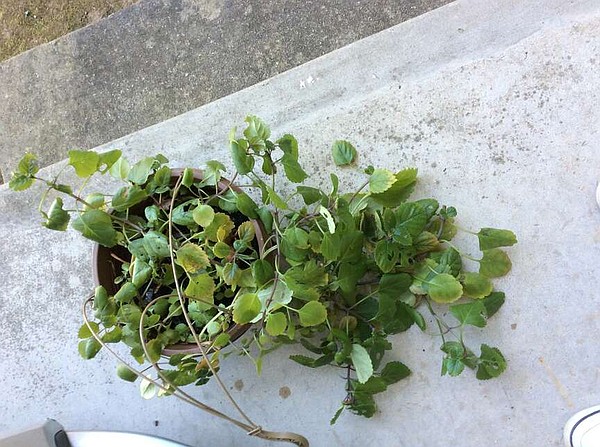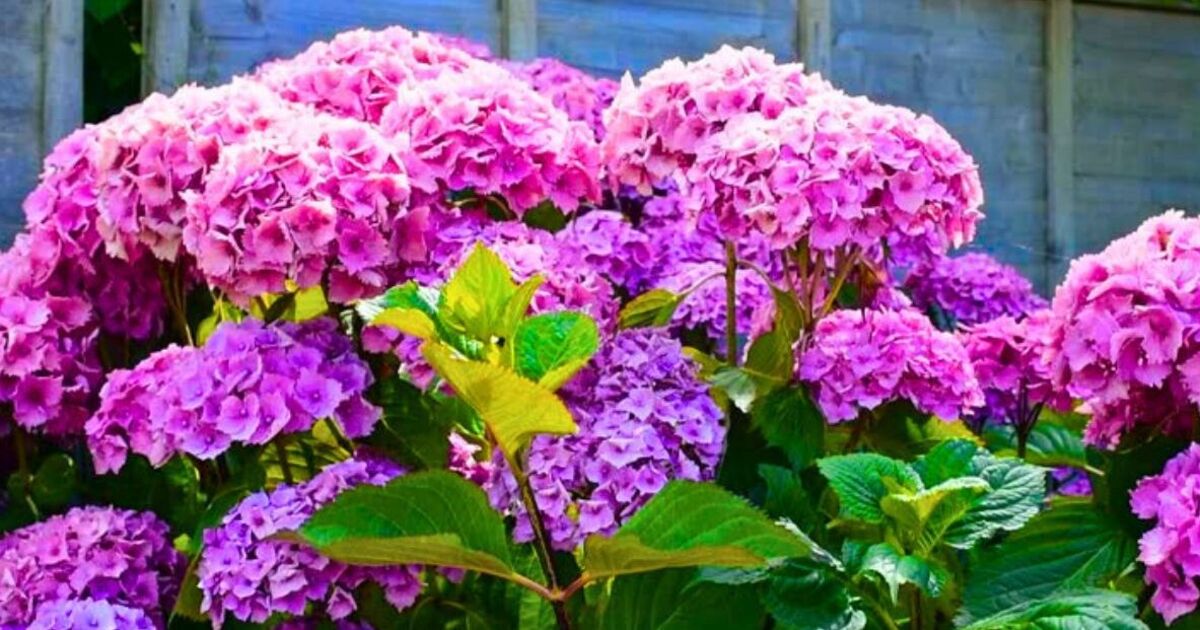Creeping Charlie, also widely known as Swedish Ivy, is a household plant recognized for its resilience. It is doubtful that the damage on the plant is due to scale insects or daddy longlegs. The former is known for sucking sap out of plants while the latter, contrary to common misconceptions, is beneficial and feeds on other insects, not plants. If you suspect that your Creeping Charlie is on the verge of dying because large chunks of its leaves are being eaten away, there are still measures you can take that may help revive the plant.
An approach to try to safeguard your plant is to take cuttings from it. This action will help you ensure you have a steady supply of the plant, which roots very easily. It would also be helpful to consider repotting what is left of your stricken plant, particularly as the season changes, as it is advised that the plant be brought indoors during winter. The plant’s location plays a significant role in its growth and health. It thrives best in areas that get plenty of light, but care should be taken not to overwater the plant. The combination of these actions could contribute significantly to the plant’s recovery.
If you are interested in having a small tree on your back porch patio, one that is hardy enough to survive the unpredictable Northwest Arkansas weather all year round, there are a few things you need to consider. The size of the container you use is critical, as a larger pot will protect the tree by allowing a larger root system while the volume of soil will remain warmer in a larger container than in a smaller pot.
There are numerous dwarf varieties of standard trees available today. The Japanese maple is one tree that immediately comes to mind as being suitable for your circumstances. This tree can survive the harsh winters in Northwest Arkansas, although some did suffer after an episode of extreme cold a few years ago. There are various forms of this tree to choose from, including weeping and upright versions.
Other options include dwarf crab apple trees, which can be pruned to the desired height, and spring-flowering dwarf trees like Lavender Twist or Ruby Falls, which are varieties of new redbuds. Ginkgo trees are slow-growing, but you can find compact varieties that may fit your needs. If you prefer evergreen plants, one of the larger holly shrubs might be a good option.
Be aware, however, that growing a tree in a container will stunt its growth a bit by limiting root spread. Still, this shouldn’t be a cause for concern because with the right care and attention, container-grown trees can be just as spectacular as those grown directly in the ground.
It is also worth noting that while Chinese parasol trees are beautiful additions to any garden, caution should be practiced because these trees are invasive and could take over your garden. Even though these trees are not commonly sold in nurseries or garden centers, it is vital to take the necessary precautions to prevent their spread. These trees send up sprouts easily and can withstand the cold winter, making them resilient.
In conclusion, whether it’s rescuing your Creeping Charlie or deciding on the perfect tree for your patio, remember that with a bit of knowledge, care, and close attention, you can create a vibrant and beautiful garden.




